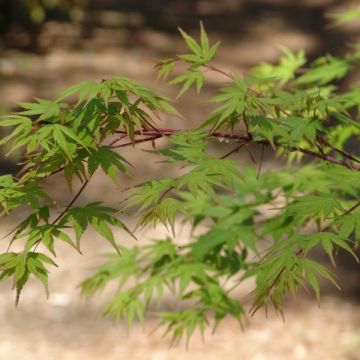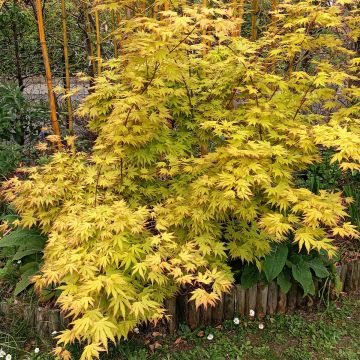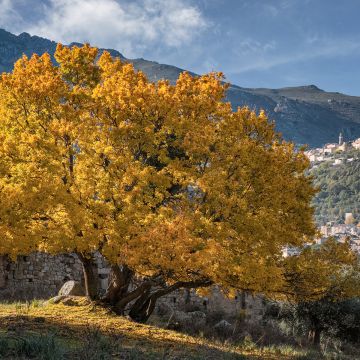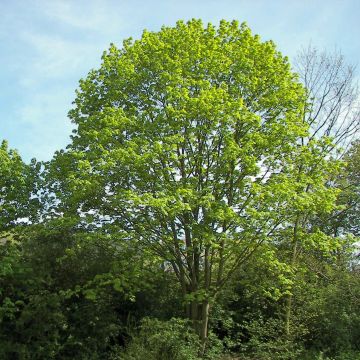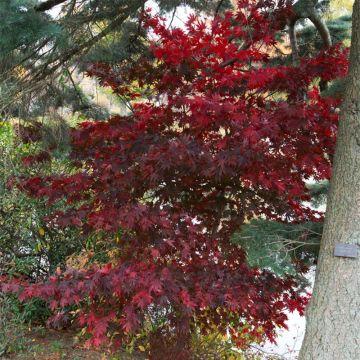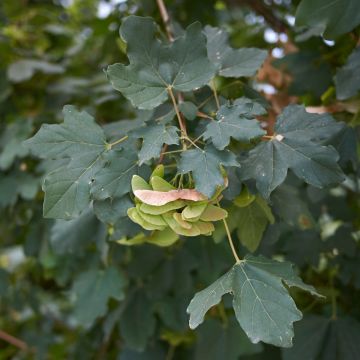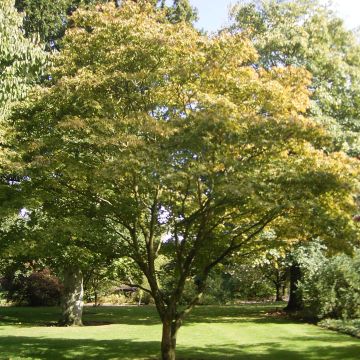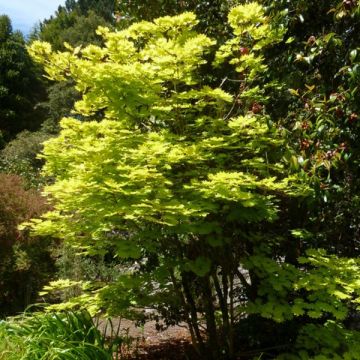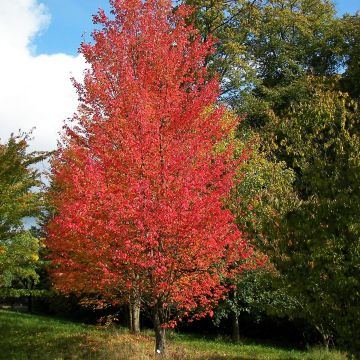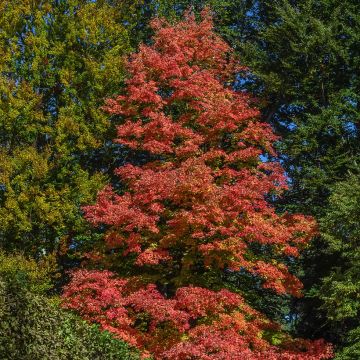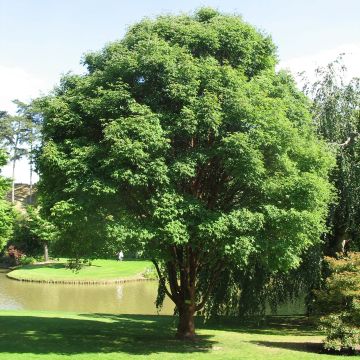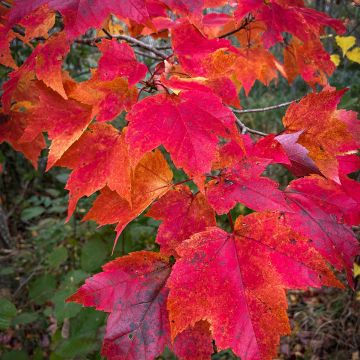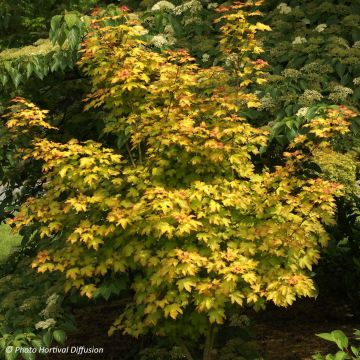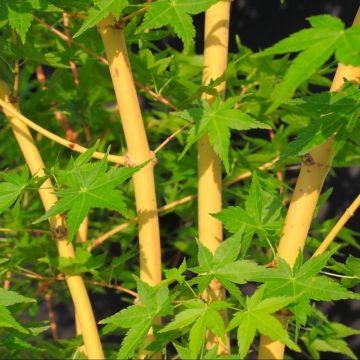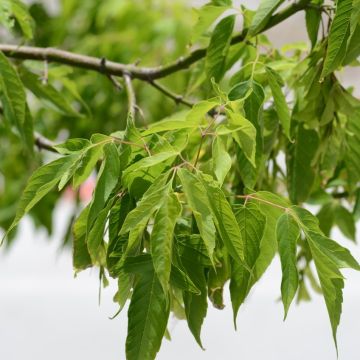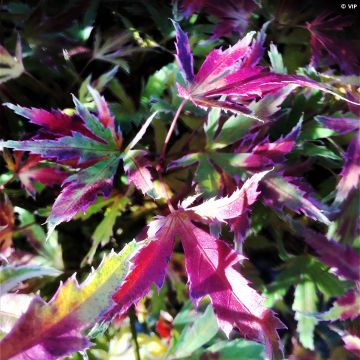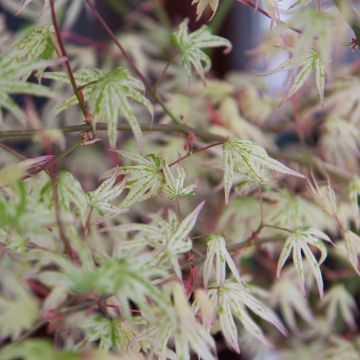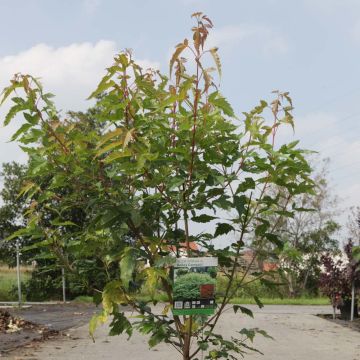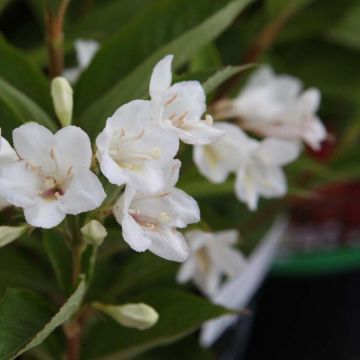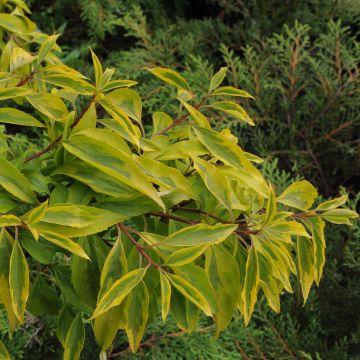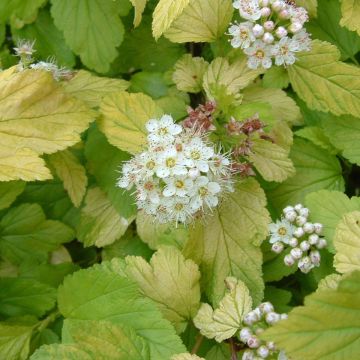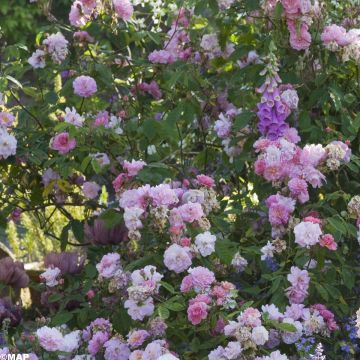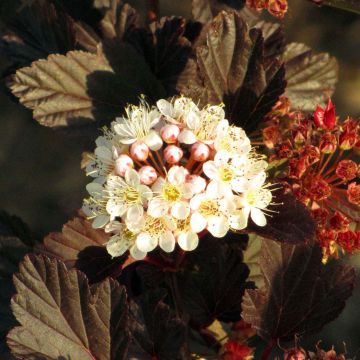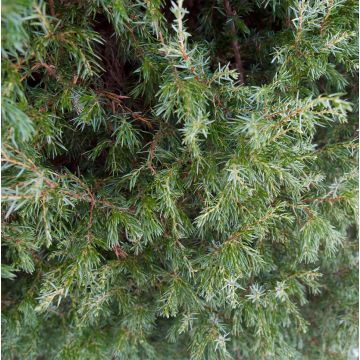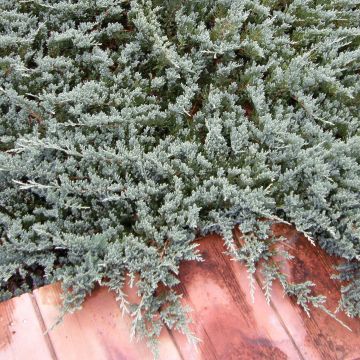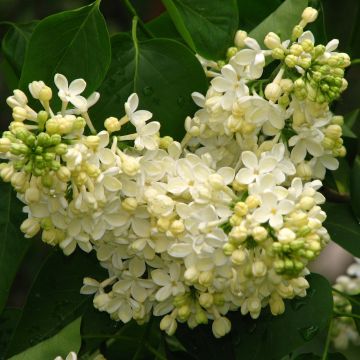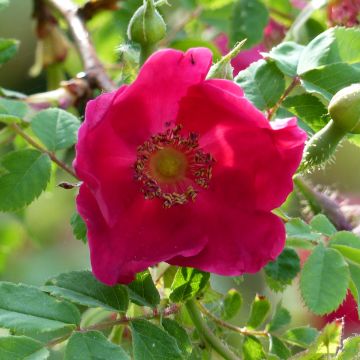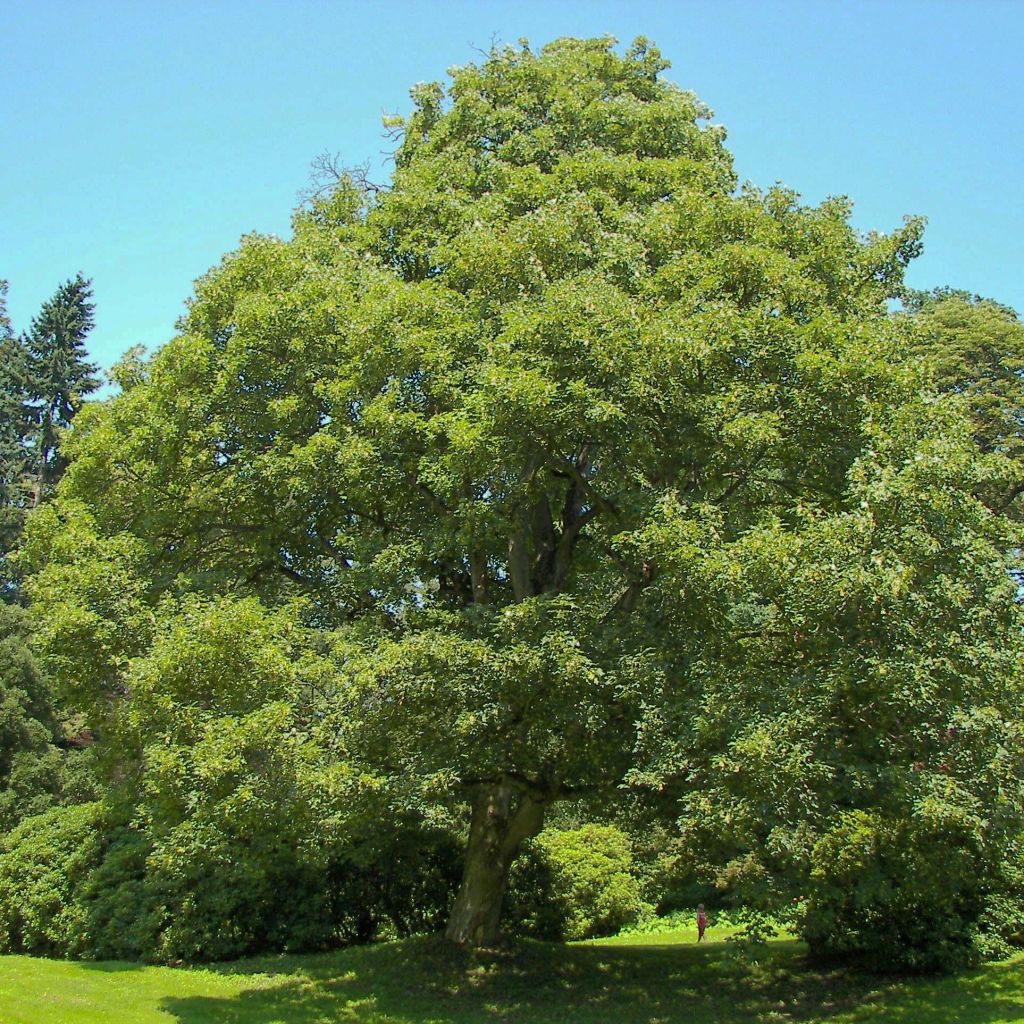

Acer pseudoplatanus - Maple
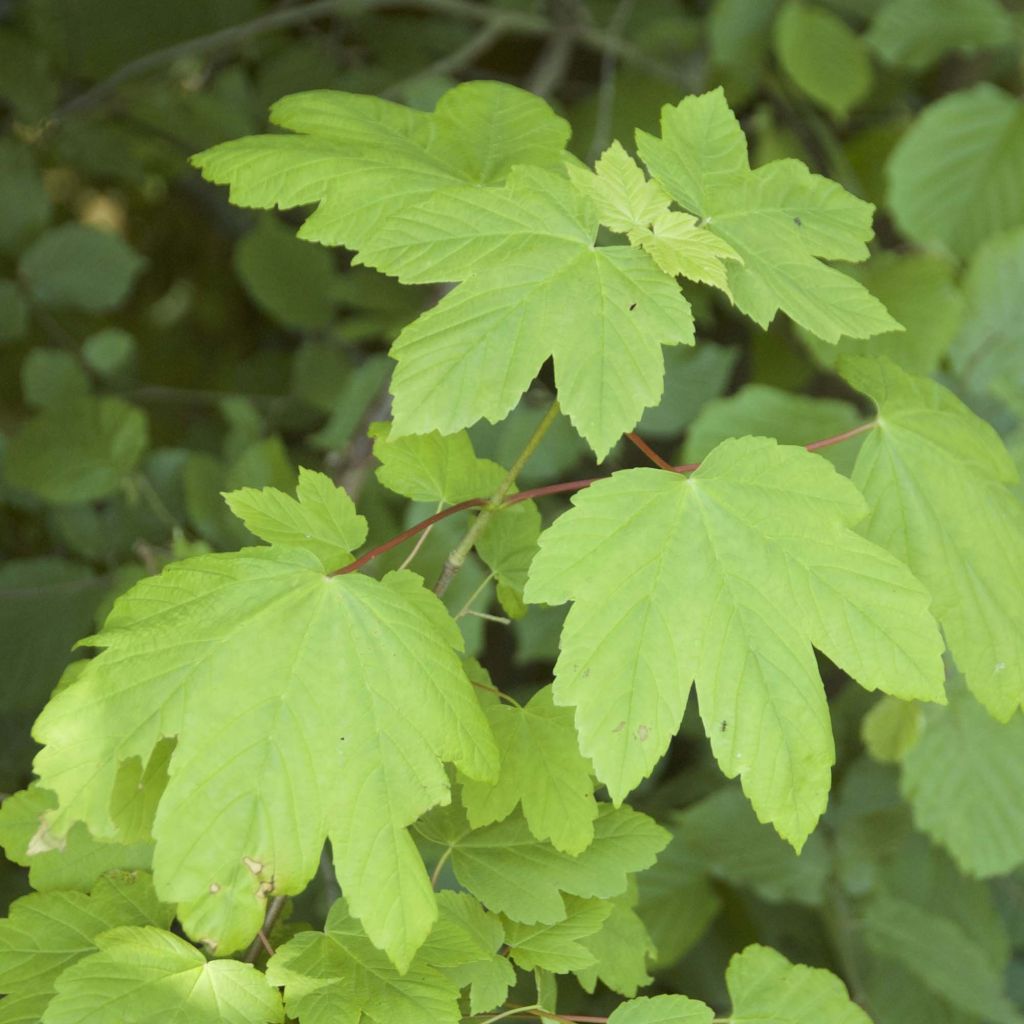

Acer pseudoplatanus - Maple
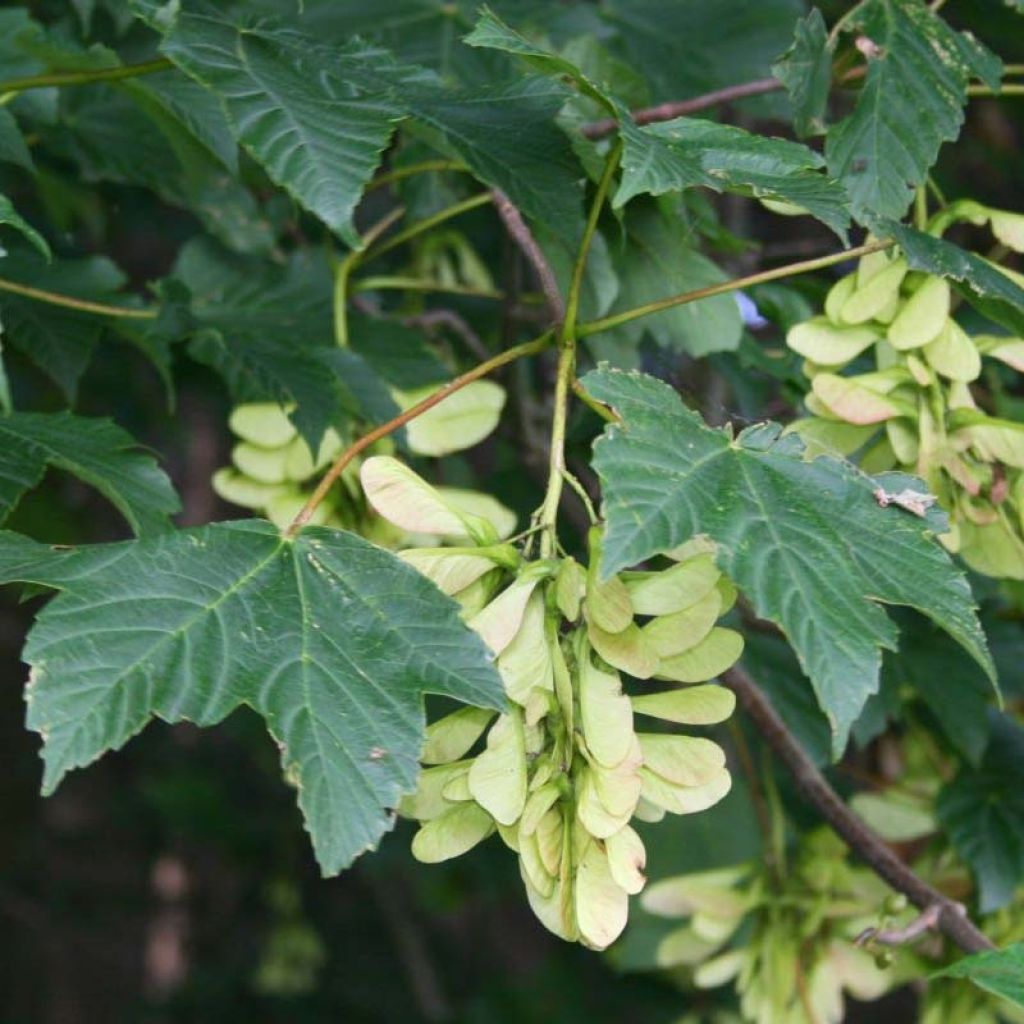

Acer pseudoplatanus - Maple
Acer pseudoplatanus - Maple
Acer pseudoplatanus
Sycamore, Sycamore Maple, Great Maple
Why not try an alternative variety in stock?
View all →This plant carries a 24 months recovery warranty
More information
We guarantee the quality of our plants for a full growing cycle, and will replace at our expense any plant that fails to recover under normal climatic and planting conditions.
Oversize package: home delivery by special carrier from €6.90 per order..
Express home delivery from €8.90.
Oversize package: home delivery by special carrier from €6.90 per order..
Express home delivery from €8.90.
Delivery to Corse prohibited: UE law prohibits the import of this plant from mainland France to Corse as part of the fight against Xylella fastidiosa. Please accept our sincere apologies.
More information

Does this plant fit my garden?
Set up your Plantfit profile →
Description
Acer pseudoplatanus, better known as the Sycamore, is widely spread in the United Kingdom. With its beautiful palmate dark green foliage that turns golden-yellow in autumn, this large tree with a dense rounded habit is often used as a specimen tree or for hedgerows and windbreaks. The Sycamore is not demanding in terms of soil, as long as it is deep enough to accommodate its powerful root system. Vigorous and fast-growing, it is best suited for large gardens.
Native to mountainous regions of Europe, Acer pseudoplatanus, not to be confused with Acer platanoides, is known by different names depending on the region, such as Sycamore maple, false plane tree, large maple, mountain maple, and occasionally white maple. It is a large forest tree belonging to the aceraceae family, reaching heights of 35 to 40 m (98 ft 5 in to 131 ft 2 in), often associated with fir and beech. This light and semi-shade tree can live up to 500 years. Its wood is commonly used for making musical instruments. The Sycamore has a spreading and rounded, very dense habit. The deciduous foliage consists of large palmate leaves divided into 5 pointed, toothed lobes, measuring 10 to 15 cm (3.9 to 5.9 in) in length. In autumn, it turns a fiery orange that can be seen from afar. The flowering, although interesting, is moderately abundant and occurs in May, after the leaves have appeared. The small yellow flowers, highly attractive to bees, are arranged in pendulous terminal clusters. The fruiting, in the form of two-winged samaras, is abundant. It only appears on trees at least 20 years old. The bark of the branches is brown and smooth. With age, it flakes off in large plates.
Acer pseudoplatanus is a very vigorous tree, perfectly resistant to severe frost and wind, and is not picky about soil type as long as it is deep and moist enough. It prefers slightly acidic, non-calcareous soils. It will be majestic when planted as a specimen tree in a park or large garden. It is an excellent shade tree, thanks to its dense foliage, and its great tolerance to harsh weather conditions and salt spray makes it a very good windbreak tree. Finally, if space allows, it will be magnificent as an avenue tree, adorning alleys and borders with its imposing presence, pleasant shade, and splendid autumn colours.
Report an error about the product description
Acer pseudoplatanus - Maple in pictures
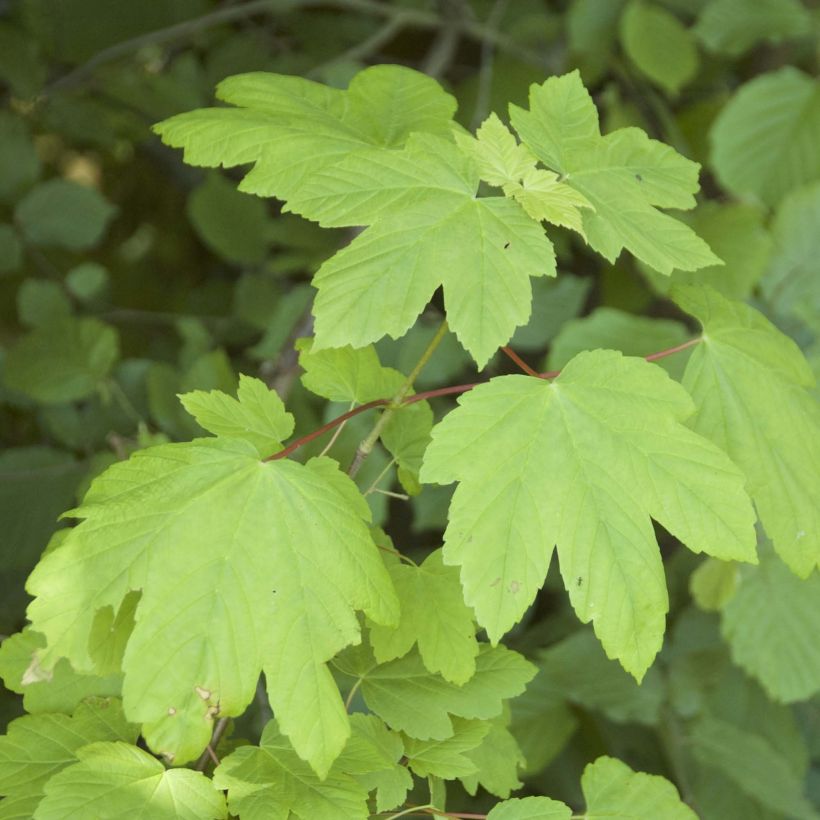

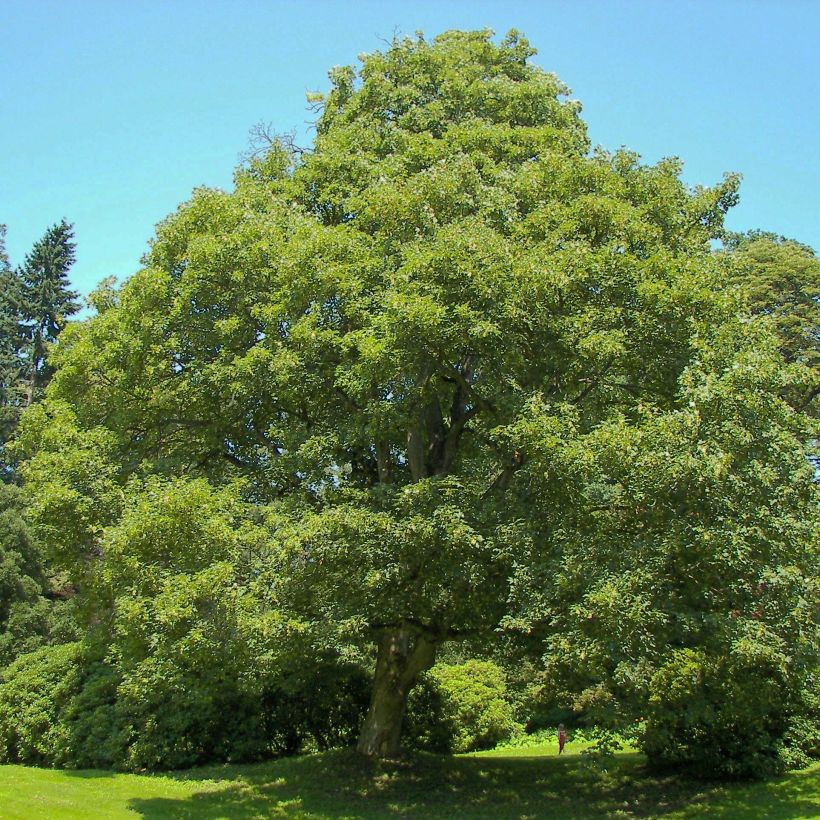

Plant habit
Flowering
Foliage
Botanical data
Acer
pseudoplatanus
Aceraceae
Sycamore, Sycamore Maple, Great Maple
Cultivar or hybrid
Other Acer - Maple tree
Planting and care
Acer pseudoplatanus should be planted in spring or autumn in a deep, moist soil, preferably with a slightly acidic pH, in a sunny or partially shaded location. It is perfectly hardy and resistant to wind and salt spray. Keep the soil moist during the first two summers after planting. Mulching can be beneficial to maintain soil moisture, depending on the climate. Pruning is not essential. Remove dead wood in spring.
Planting period
Intended location
Care
-
, onOrder confirmed
Reply from on Promesse de fleurs
Foolproof Shrubs
Haven't found what you were looking for?
Hardiness is the lowest winter temperature a plant can endure without suffering serious damage or even dying. However, hardiness is affected by location (a sheltered area, such as a patio), protection (winter cover) and soil type (hardiness is improved by well-drained soil).

Photo Sharing Terms & Conditions
In order to encourage gardeners to interact and share their experiences, Promesse de fleurs offers various media enabling content to be uploaded onto its Site - in particular via the ‘Photo sharing’ module.
The User agrees to refrain from:
- Posting any content that is illegal, prejudicial, insulting, racist, inciteful to hatred, revisionist, contrary to public decency, that infringes on privacy or on the privacy rights of third parties, in particular the publicity rights of persons and goods, intellectual property rights, or the right to privacy.
- Submitting content on behalf of a third party;
- Impersonate the identity of a third party and/or publish any personal information about a third party;
In general, the User undertakes to refrain from any unethical behaviour.
All Content (in particular text, comments, files, images, photos, videos, creative works, etc.), which may be subject to property or intellectual property rights, image or other private rights, shall remain the property of the User, subject to the limited rights granted by the terms of the licence granted by Promesse de fleurs as stated below. Users are at liberty to publish or not to publish such Content on the Site, notably via the ‘Photo Sharing’ facility, and accept that this Content shall be made public and freely accessible, notably on the Internet.
Users further acknowledge, undertake to have ,and guarantee that they hold all necessary rights and permissions to publish such material on the Site, in particular with regard to the legislation in force pertaining to any privacy, property, intellectual property, image, or contractual rights, or rights of any other nature. By publishing such Content on the Site, Users acknowledge accepting full liability as publishers of the Content within the meaning of the law, and grant Promesse de fleurs, free of charge, an inclusive, worldwide licence for the said Content for the entire duration of its publication, including all reproduction, representation, up/downloading, displaying, performing, transmission, and storage rights.
Users also grant permission for their name to be linked to the Content and accept that this link may not always be made available.
By engaging in posting material, Users consent to their Content becoming automatically accessible on the Internet, in particular on other sites and/or blogs and/or web pages of the Promesse de fleurs site, including in particular social pages and the Promesse de fleurs catalogue.
Users may secure the removal of entrusted content free of charge by issuing a simple request via our contact form.
The flowering period indicated on our website applies to countries and regions located in USDA zone 8 (France, the United Kingdom, Ireland, the Netherlands, etc.)
It will vary according to where you live:
- In zones 9 to 10 (Italy, Spain, Greece, etc.), flowering will occur about 2 to 4 weeks earlier.
- In zones 6 to 7 (Germany, Poland, Slovenia, and lower mountainous regions), flowering will be delayed by 2 to 3 weeks.
- In zone 5 (Central Europe, Scandinavia), blooming will be delayed by 3 to 5 weeks.
In temperate climates, pruning of spring-flowering shrubs (forsythia, spireas, etc.) should be done just after flowering.
Pruning of summer-flowering shrubs (Indian Lilac, Perovskia, etc.) can be done in winter or spring.
In cold regions as well as with frost-sensitive plants, avoid pruning too early when severe frosts may still occur.
The planting period indicated on our website applies to countries and regions located in USDA zone 8 (France, United Kingdom, Ireland, Netherlands).
It will vary according to where you live:
- In Mediterranean zones (Marseille, Madrid, Milan, etc.), autumn and winter are the best planting periods.
- In continental zones (Strasbourg, Munich, Vienna, etc.), delay planting by 2 to 3 weeks in spring and bring it forward by 2 to 4 weeks in autumn.
- In mountainous regions (the Alps, Pyrenees, Carpathians, etc.), it is best to plant in late spring (May-June) or late summer (August-September).
The harvesting period indicated on our website applies to countries and regions in USDA zone 8 (France, England, Ireland, the Netherlands).
In colder areas (Scandinavia, Poland, Austria...) fruit and vegetable harvests are likely to be delayed by 3-4 weeks.
In warmer areas (Italy, Spain, Greece, etc.), harvesting will probably take place earlier, depending on weather conditions.
The sowing periods indicated on our website apply to countries and regions within USDA Zone 8 (France, UK, Ireland, Netherlands).
In colder areas (Scandinavia, Poland, Austria...), delay any outdoor sowing by 3-4 weeks, or sow under glass.
In warmer climes (Italy, Spain, Greece, etc.), bring outdoor sowing forward by a few weeks.

































